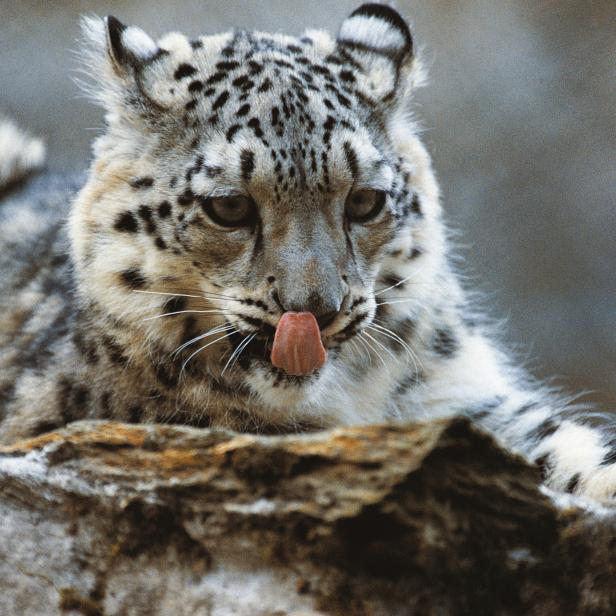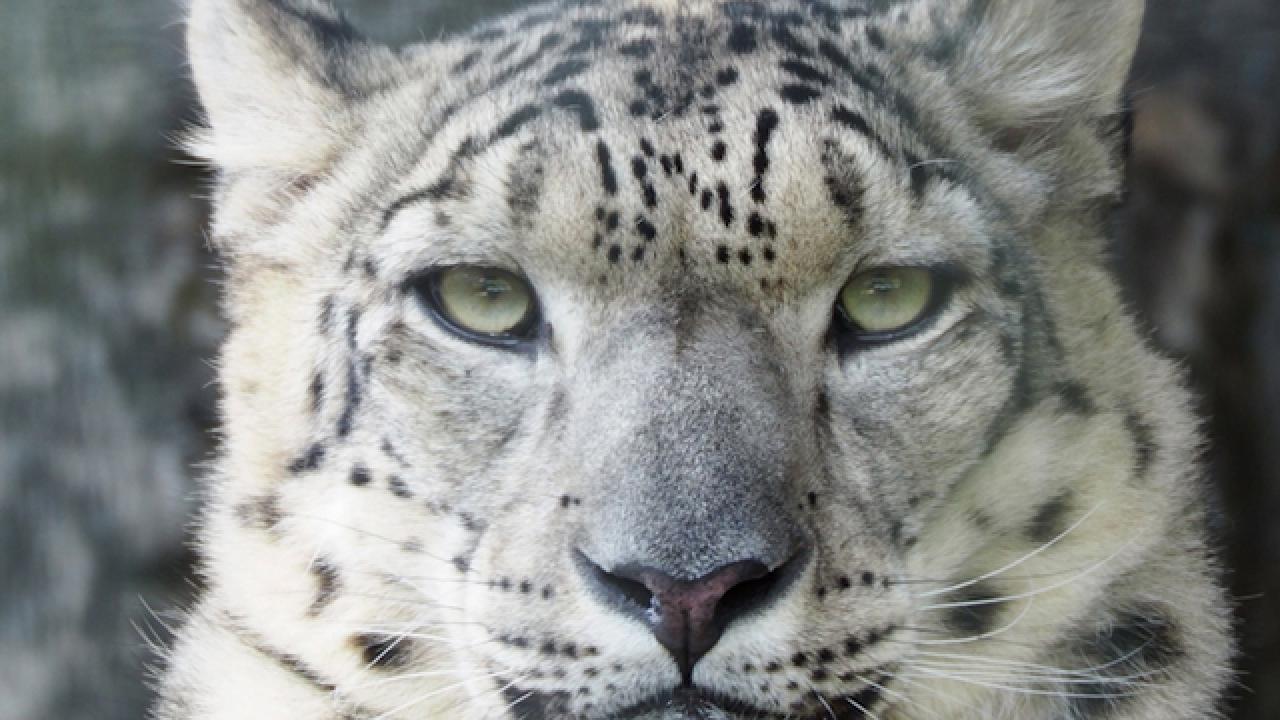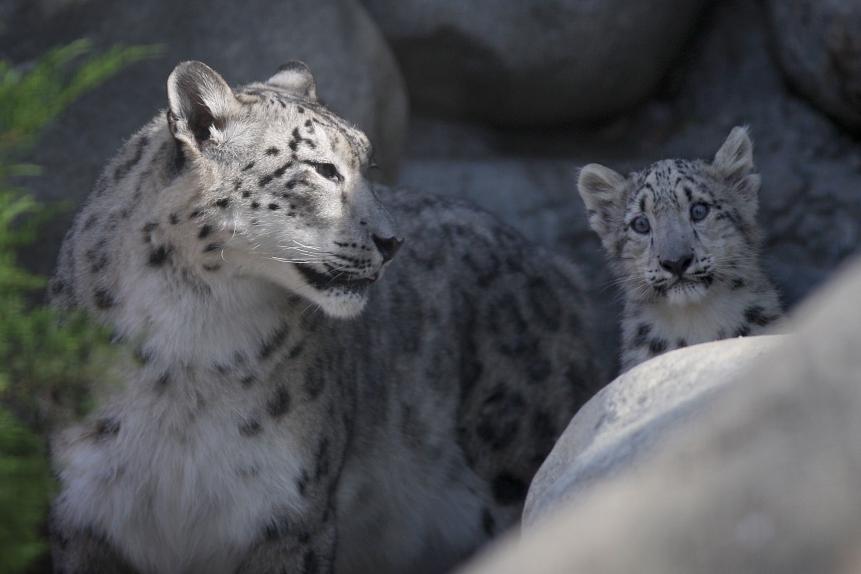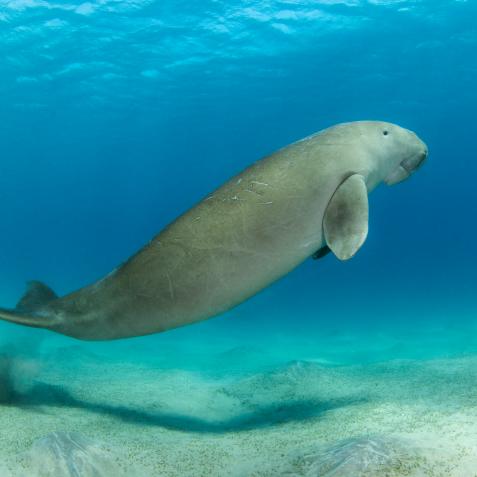
DEA / C.DANI / I.JESKE
Living in Harmony with Snow Leopards
The Himalayas is home to the snow leopard, one of the most beautiful big cats in the world. But numbers are dwindling as snow leopards struggle to find prey in the changing landscape. Learn what this small village is doing to help save the cats while living in harmony with the big cats.
Being on top of the world is as literal as it can be in Kibber, possibly the highest motorable village in the world. Around 400 people live between stunning limestone hills in Spiti Valley, a cold desert in the Himalayas. “Life here is really simple,” says Ajay Bijoor, who has lived in the village for over 15 years. “Especially in the winters, there has never been much to do.”
Bijoor works with Nature Conservation Foundation that has been facilitating several community projects in the area since 1998. They work with people that live here to ensure safety in the face of a conflict with wildlife - or to enable them to absorb the cost of conflict, should it occur.

Spiti is home to one of the most beautiful big cats in the world - the snow leopard. People here have shared their space with the agile cat since time immemorial, but with changes in landscape use, reduced prey numbers, and the availability of livestock as food for the leopard, conflict has been a serious cause for concern - for both people and animals. “Traditionally, people keep their livestock in a corral - which is an enclosure close to their home, that is open from the top,” says Bijoor. “If a snow leopard decides to come in, sometimes herders can lose all their animals in a single night.”
Across Spiti, this is likely the highest cause for retaliation form herders, which could result in the death of a snow leopard - a species whose numbers are already in decline. However, with the apex predator gone, the cascading results could be detrimental to the region.
Specifically in Kibber, however, things are changing. In the last three or four years, this idyllic hamlet has become a mecca for the adventurous and off-the-beaten-track kind of tourist. Its tough access and poor connectivity are inviting to people who want to spend a few days disconnected from the world and in the cleansing grasp of a Buddhist town. And the allure of the mysterious cat has a lot to do with it too.

David McNew
The leopard has been the holy grail for wildlife photographers and filmmakers, as interest has grown and improved spotting techniques have significantly improved the practical side of things. Where you once had to spend weeks to see the leopard, filmmakers have now reported seeing up to nine cats in a single week. It could be that as the mountains warm, leopards are coming further down to catch their prey too, but Bijoor says better tracking skills are likely the main contributor. “There link here is very clear,” says Bijoor. “The people of Kibber have understood that the more sightings there are, the higher the number of tourists, and the more work they get. So people are actively learning to track cats and increase their tips. Just in the last few years, the shift is so palpable. Sometimes in the winter now, you won’t even find people in the village because they’re all out with tourists or trying to track leopards.”
In addition to the effects of growing tourism, Bijoor and NCF’s main concern remains the survival of the snow leopard as well as the community. As an immediate response, they provide insurance or compensation to herders who lost their livestock to the leopard, so they don’t harm it and are also able to sustain their own livelihood.
They have a more long-term project too. After long consultations and discussions with locals, the team decided that one way to conserve the leopard is to protect its wild prey, which are in direct competition with livestock. With the community leading the project, they set up a few grazing-free reserves in the valley to help the wild ungulate population - including Blue Sheep, Siberian Ibex, Argali, and the Himalayan Tahr - bounce back. In 2015, they were able to assess the impact of these reserves by setting up 10 cameras in each site for 60 days. They found what they had hoped - snow leopards were filmed using areas where the wild ungulate population had indeed returned. This also happened to be highest around the grazing-free areas in Kibber and Chichim, another village nearby with a similar conservation strategy.
“Kibber got a special mention in the National Biodiversity Awards in 2018 and this has further given the people here a sense of pride in their snow leopard,” says Bijoor. “They have always seen the cat as part of their culture but now they see it with a renewed sense of respect and as a way to earn a living too.”
Today, seven more villages in Spiti Valley and Ladakh have running village reserves in the hope that the snow leopard and other wildlife are given space to thrive, and people here can continue to make a living off the big cat in their backyard.












































































